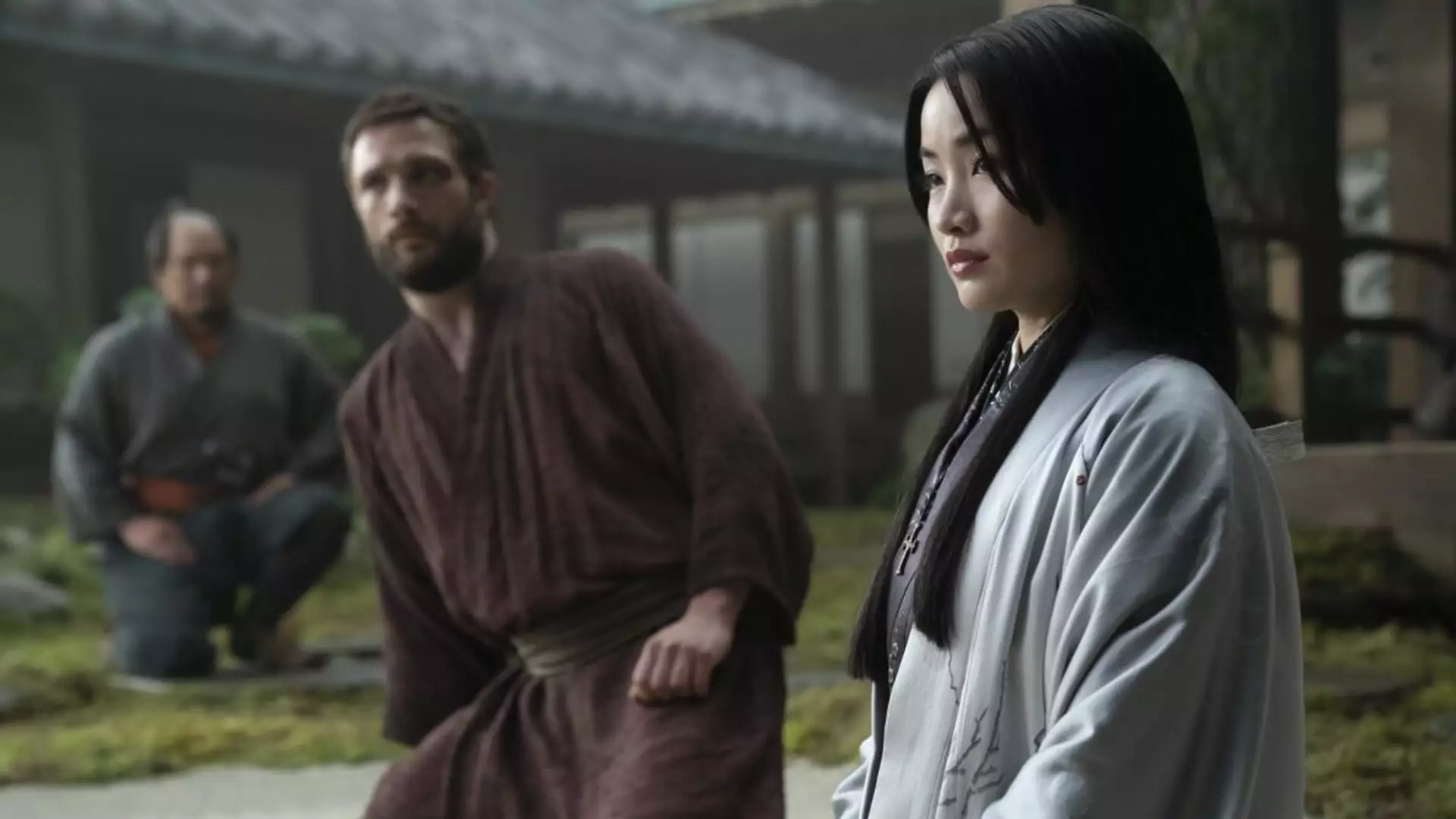In an era marked by rapid changes in the media landscape, Disney has found itself at a pivotal crossroads concerning its traditional television networks. Recent insights from the company’s Chief Financial Officer, Hugh Johnston, shed light on the daunting complexities involved in potentially separating its TV networks business. His comments underscore a prevailing industry narrative: the operational challenges and financial implications of such a decision may outweigh the perceived benefits.
The traditional TV business remains a foundational aspect of many media conglomerates, yet it is increasingly grappling with declining subscriber numbers and dwindling revenues. In a world where digital streaming has surged in popularity, traditional pay-TV models are faltering. Reports from analyst firm MoffettNathanson reveal that the industry lost a staggering 4 million pay-TV subscribers in just the first half of the year, vividly illustrating the ongoing competition. This decline has raised critical questions about the sustainability of old business models and the necessity of adaptation.
Disney’s recent earnings report has illustrated this distressing trend, with the company reporting a 6% drop in revenue from its traditional TV networks, now standing at $2.46 billion for a recent quarter. Even more alarming is the 38% plunge in profit from this segment, now at $498 million. As a result, the company’s earlier considerations of divesting its TV assets have faded into the background, marking a significant turnaround in strategy.
The Argument Against Separation
Johnston’s reluctance to pursue a separation stems from a thorough analysis of potential divestitures. He admitted that, despite experimenting with various financial models, he couldn’t identify a clear route toward value creation by breaking up the network business. His assertion—”I like the portfolio the way it is right now”—signals a commitment to retaining the existing structure despite external pressures and market trends. Such sentiments were echoed by other leaders in the industry, including Lachlan Murdoch of Fox Corp, who highlighted the operational difficulties and potential revenue loss attached to any fragmentation of their cable TV networks.
The theme of difficult segregation resonates throughout the industry. Warner Bros. Discovery’s CEO, David Zaslav, reiterated the essential role that traditional TV plays in storytelling and its integral relationship with streaming platforms. Such assertions reveal a shared recognition among media executives that, despite the challenges, the traditional networks are still vital cogwheels in the broader media machinery.
The Streaming Conundrum
Disney’s commitment to its traditional television networks is amid a larger movement toward streaming as a primary content delivery model. CEO Bob Iger outlined how acquisitions, particularly that of Fox’s entertainment assets in 2019, were strategically focused on enriching the streaming portfolio. This move—not without its critics—was aimed at responding to a competitive landscape increasingly dominated by streaming services. Though activist investor Nelson Peltz has labeled the acquisition as detrimental to shareholder value, Iger has maintained that it was a vital step toward creating a substantial content reservoir for Disney+.
As traditional TV struggles to sustain its relevance, the critical interplay between TV networks and streaming becomes glaringly apparent. The Emmy Awards serve as a testament to this relationship, with Disney’s accomplishments in content creation recognized through numerous awards, sustained by shows that bridge traditional programming and streaming platforms alike.
The question of whether Disney will ultimately decide to separate its television networks business remains open-ended. The balancing act between traditional television’s declining revenue and the burgeoning field of streaming content continues to challenge conventional wisdom within the media sector. As executives sift through the industry’s complexities—financial feasibility, operational intricacies, and market expectations—they recognize that their decisions will shape not only their immediate futures but also that of the broader landscape.
In essence, the challenges Disney faces reflect a larger narrative within the media industry: adaptation is necessary, but the path to restructuring remains fraught with obstacles. Moving forward, the understanding that traditional television can no longer stand alone is crucial, as integrating it with more modern media approaches may ultimately provide a more sustainable future for Disney and its competitors.

